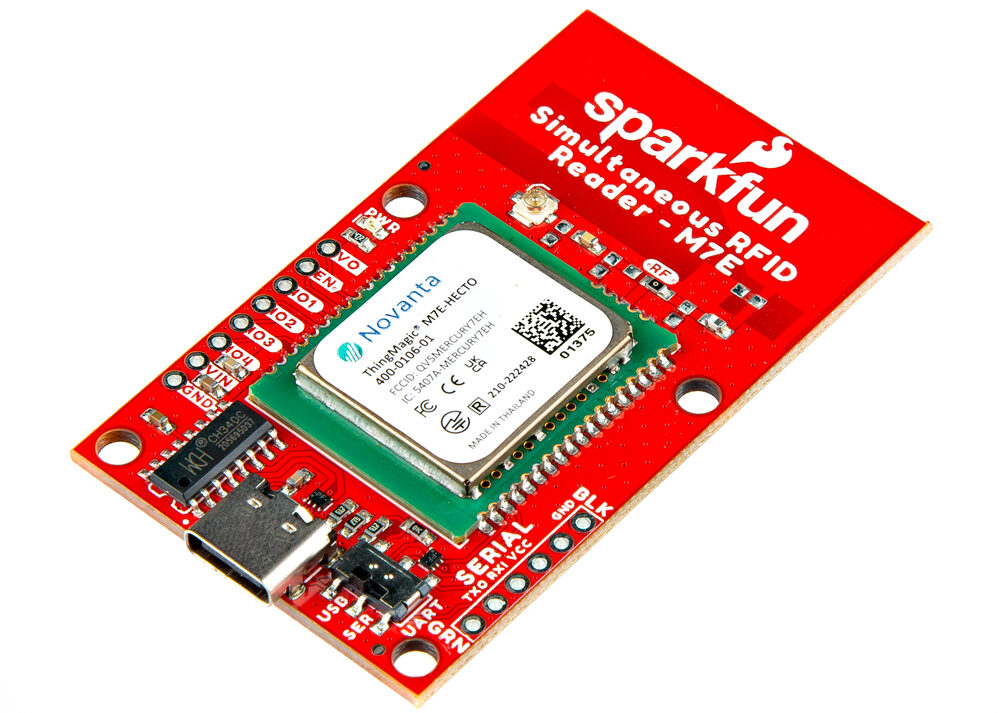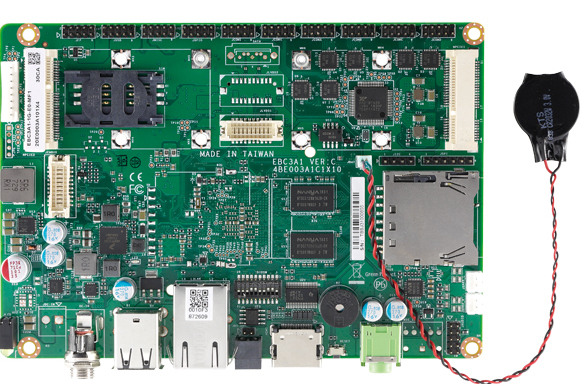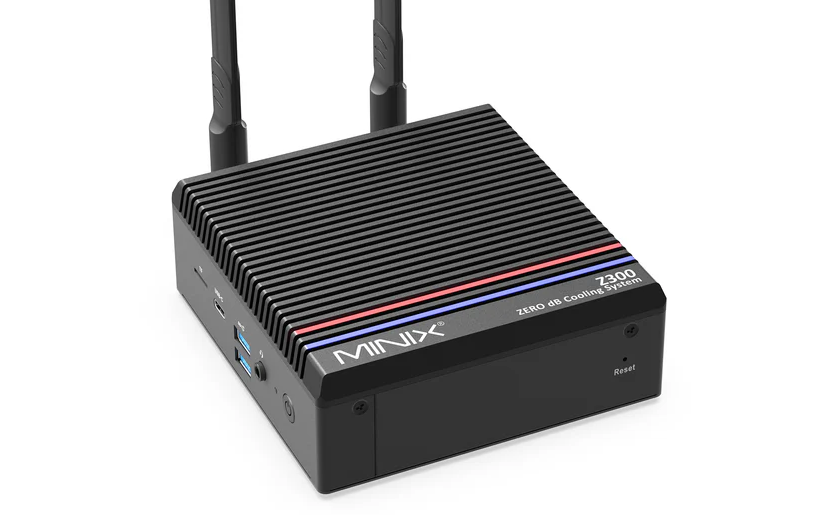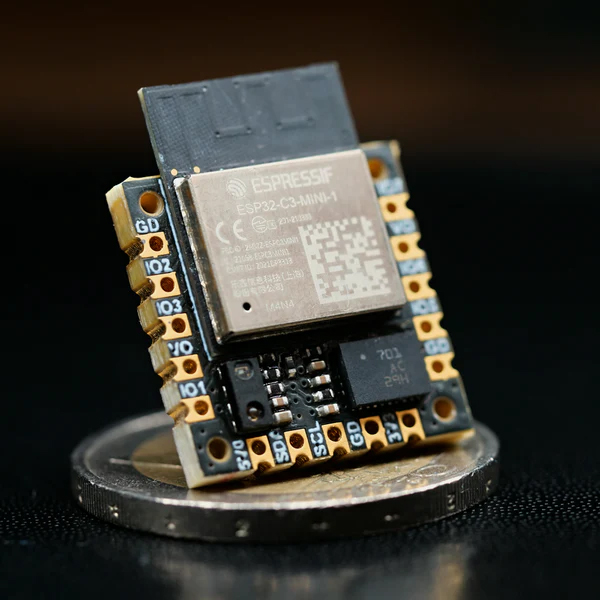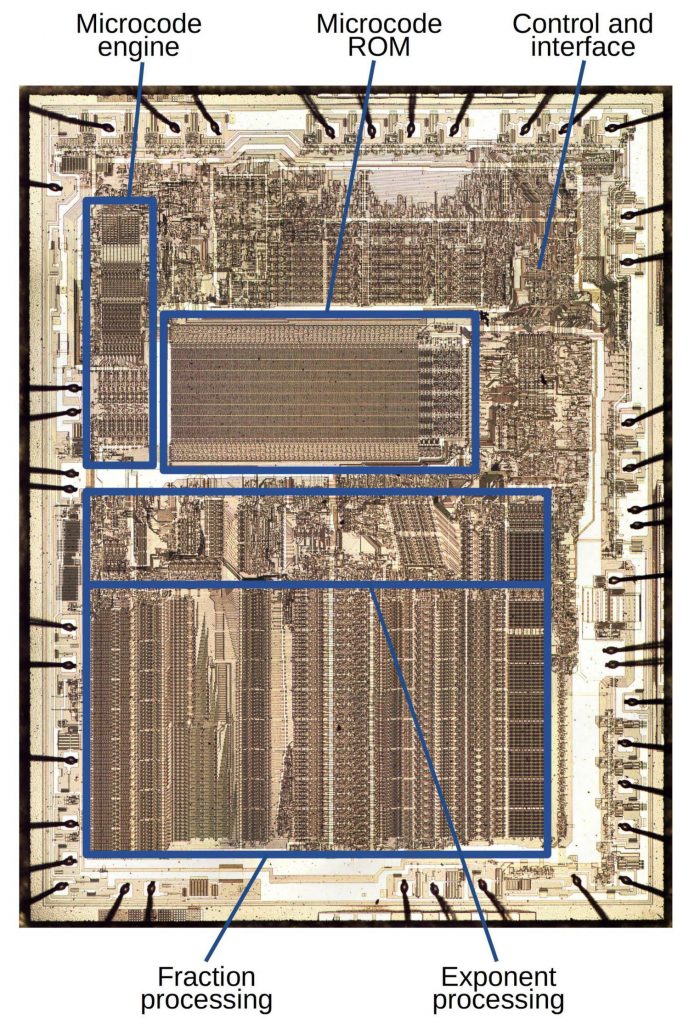
Two bits per transistor: high-density ROM in Intel’s 8087 floating point chip
Ken Shirriff has a detailed write-up about the multi-level ROM in Intel’s 8087 floating point chip:
The 8087 chip provided fast floating point arithmetic for the original IBM PC and became part of the x86 architecture used today. One unusual feature of the 8087 is it contained a multi-level ROM (Read-Only Memory) that stored two bits per transistor, twice as dense as a normal ROM. Instead of storing binary data, each cell in the 8087’s ROM stored one of four different values, which were then decoded into two bits. Because the 8087 required a large ROM for microcode1 and the chip was pushing the limits of how many transistors could fit on a chip, Intel used this special technique to make the ROM fit. In this article, I explain how Intel implemented this multi-level ROM.
Two bits per transistor: high-density ROM in Intel’s 8087 floating point chip – [Link]






